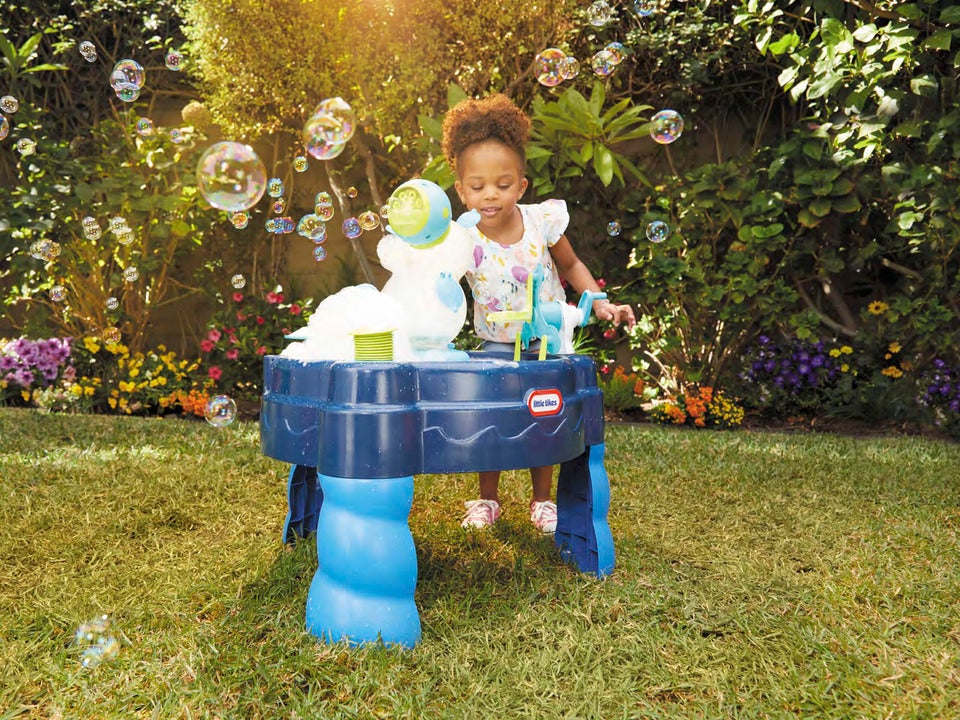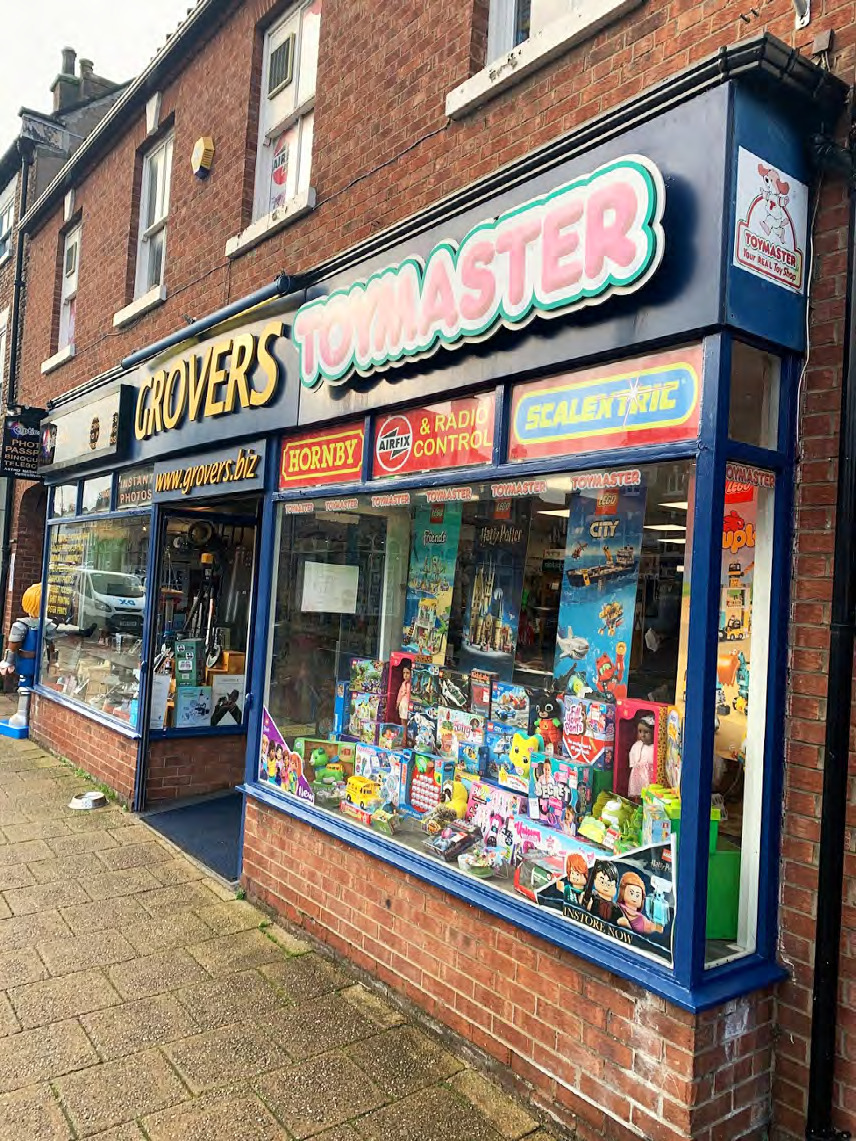Opinion
What to do when the cookies crumble
In January 2020, Google announced that it would remove the use of third-party cookies from Chrome; a move intended to increase online security for its users. This will have significant impact on the way in which brands interact with audiences online, particularly when it comes to advertising. However, the deadline for action has been delayed.
T
he announcement has necessitated a host of changes across the advertising industry as agencies, media suppliers and tech companies prepare solutions that will generate the best results for brands in a post-cookie world. These solutions however will no longer need to be employed until “late 2023”, as Google has delayed its plans to eliminate third party cookies to this new, vague deadline. The move has come as Google needs to “move at a responsible pace” and “avoid jeopardizing the business models of many web publishers which support freely available content.” Clearly, the effects of the pandemic on Google’s workforce have been in part responsible for the delay, but the impact on its bottom line is also a clear motivator (an estimated $12.3b was spent on third-party audience data in 2020). If Google does not believe the market is ready to move away from advertising models reliant on third party cookies, it recognises the potential for a significant loss in revenue. That being said, Google is at the forefront of bringing new solutions to market, so we expect there to be a significant recouperation from the new solution. But what is a third-party cookie, and what solutions will best meet brands’ needs in a post-cookie world? Third party cookies are lines of code that are created by domains which are not that of the website you are visiting. They are used (mainly by the advertising industry) to track a user’s behaviour across the internet. You will have seen these in action in your own experience when shopping online. For example, you might have been browsing for a new jacket and decided not to purchase, then you notice ads for that jacket appearing on other sites you are visiting. The use of third-party cookies can be a powerful tool in convincing a user to take action. That does not necessarily mean that advertising effectiveness will decline when Google finally removes them, although it can seem like a scary prospect (according to a recent survey conducted by Campaign, only 48% of brands
believe they are prepared for the loss of third-party cookies). We are in fact confident that the Toys & Games industry should already consider itself very well prepared. In the vast majority of cases, Toys & Games brands have been targeting children online for the past decade. Due to COPPA and GDPR-K restrictions, the use of third-party data has never been permitted. Therefore, as an agency we have developed sophisticated contextual strategies to best reach children’s audiences of all ages and interests. These strategies have been developed with unique research from Giraffe Insights, and historical campaign data. For example, our Precision DMP is the world’s first Data Management Platform built exclusively for targeting children’s audiences online, ensuring our YouTube targeting is not only brand safe, but effective at driving enhanced campaign results such as VTR and CTR versus more traditional methods. In the past, it has often felt like that this approach is more rudimentary than strategies enacted by brands targeted by older audiences, despite the fact that this anonymised data led approach has the potential to produce better results against both soft and hard campaign metrics. However, with the removal of third-party cookies, brands will look to the children’s industry to learn best practice techniques. When targeting parents, we expect to see contextual strategies become far more prevalent. This won’t be the only route forward as a whole host of techniques will arise. We recently discussed these routes with a host of industry experts in our latest Generation Academy session. Universal IDs are one solution to the demise of the third-party cookie. These use one single identifier of a user across different platforms. This solution does have its own challenges, particularly the connectivity of the different platforms and their ability to communicate. As a result, first party data harvesting will be increasingly important, and it is down to brands as well as advertisers to collect this
Toy World 24
Felix Lewis Associate director of digital, Generation Media. Tel: 0207 307 7906 felix.lewis@generationmedia.co.uk information safely and with consent. This has always been one of the most powerful data sets as it is verified data that users have given permission for brands to use and therefore these users are willing to be approached with advertising. This opted-in approach allows marketers to serve relevant and informative information to that user and tailor their experience in a unique way. As media owners now have time to adapt, contextual has been one of the primary avenues they have focused on. Media companies at the forefront of this avenue have adapted their own unique solutions and geared them towards a contextual route. Speaking with Captify and Mobsta, we learnt that this has in turn allowed them to push their own unique solutions even further. Although in part forced by Googles announcements, it has enabled them to provide an even stronger offering. Interestingly, the digital media space has now become more aligned with offline and the targeting solutions they have in place there. This could be down to postcode, survey, footfall and optedin data collection that the likes of OOH has relied on for years. Opportunities also arise in this space as the digital elements can be overlaid, such as device location allowing robust movement patterns to be established and highly accurate measurement. The plethora of options available can seem confusing, and perhaps even scary given Google’s looming deadline. However, there is no need to fall into the 52% of brands that do not feel prepared for the impending changes. There are successful strategies and techniques available to all, it is simply a case of aligning the right option to your brief(s). Get in touch today if you would like a free consultation on what to do when the cookies, finally, crumble.



















